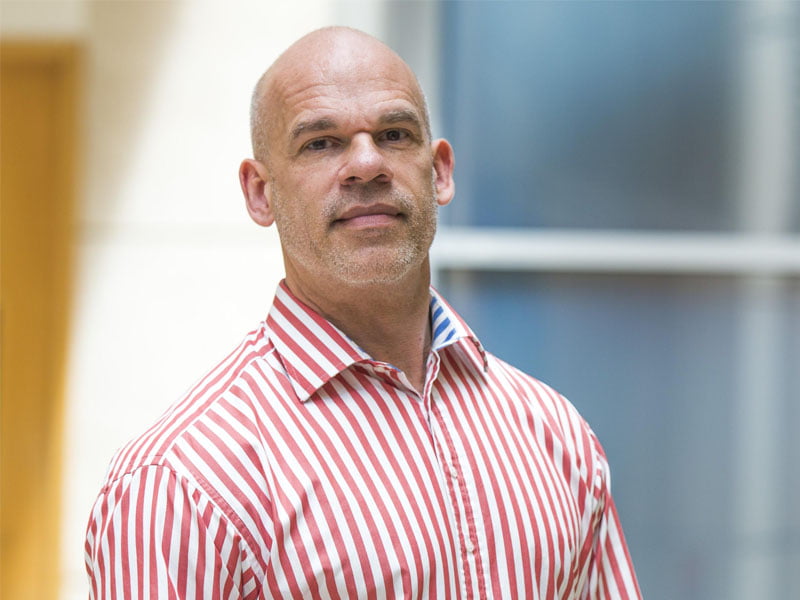The Australian Government is angling to join the Digital Five grouping of digitally advanced countries and has charged the Digital Transformation Office with creating a formal plan to get the job done.
The so-called D5 has so far been an informal network of digital governments made up of the UK, US, New Zealand, Estonia and South Korea. But the group has more recently begun to formalise its membership criteria as it considers taking on new members.
The D5 set of goals and aspirations are all about digitally enhanced open government. Its charter includes commitments to open source practices, open data and open government, as well as coding in schools and a democratisation of internet access.

In practice the D5 is a network for sharing best-practice methodologies in open government – and sharing technical knowhow, and even people across the network.
Malcolm Turnbull has been a long-time admirer of the D5 initiative and has referenced the network in speeches and opinion pieces since long before becoming Prime Minister. He had been close to the UK Minister of State for Trade Francis Maude (the prime mover behind both the UK’s Government Digital Service and the D5) and made no secret of plans to follow the D5 lead.
Notwithstanding the super-agility of the “Digital Five,” the group should not be confused with the “Furious Five,” which is a group of super-agile Kung Fu masters from Kung Fu Panda. But for those familiar with movie franchise, Australia joining the D5 is like Po – the pudgy unfit Panda – joining the Furious Five.
This is an aspirational goal right now – but it is something the Prime Minister’s office is taking seriously.
In addition to providing the a best-practice lift for the Australian Government efforts to deliver better digital services to citizens, the PMO also sees the D5 as having an important soft power cache in the realm in which it operates. In the longer term, this is a potentially important resource, particularly across the region.
When Mr Turnbull took the leadership last September, among his first actions was to re-engage with the Open Government Partnership program (these efforts began last October – and if all goes to plan, there is the possibility Australia will be accepted as a member in the middle of the year.)
Membership of the OGP is a pre-requisite criteria for the Digital Five.
More recently, the Digital Transformation Office has been directed to build a formal plan that ticks all the boxes that will get Australia membership to the D5. It is not straight forward, as there are a range of criteria well outside of the responsibility of the DTO.
A spokesman for the DTO said he expected to have a plan in place in the next several weeks – but that its implementation was a whole of government effort. One of the criteria requires that Australia demonstrates kids are learning coding in schools. Or demonstrate that it had open and transparent markets for its own procurement, and that it supported ubiquitous access to digital services for all citizens.
“Some of the things that are there need to be supported by the (National Innovation and Science Agenda) initiatives,” the DTO spokesman said. “There are a number of criteria that the whole of government will need to address.”
Three weeks ago, the DTO’s chief executive Paul Shetler signed a Memorandum of Understanding with his GDS counterpart Liam Maxwell. The GDS has bi-lateral MoU’s with each of the D5 members, and now Australia.
Meanwhile the Department of Communications has quietly announced it will join Gov.AU, just months after moving to GovCMS platform. The move can’t come too soon, as the Communications website – less than a year old – is a dreadful mess.
It is unsurprising that Communications is a first-mover on GOV.AU. With the DTO having previously been a part of the department, and with a cross-fertilising of so many personnel in the this area with the Department of Prime Minister and Cabinet, it could always have been expected.
Former secretary to the Department of Communications Drew Clarke is now Mr Turnbull’s chief of staff, while former DPMC deputy secretary Heather Smith – who had heavily involved in the development of the National Innovation and Science Agenda – is now secretary of the Communications.
“The Department has committed to working with the DTO, using the Department’s current online offering, to build out its Beta version of GOV.AU – one of their flagship projects,” a spokesperson for the department said.
“The nature of the Beta is testing assumptions, engaging with users and building out a baseline product that is suitable to scale out and be built upon.”
Do you know more? Contact James Riley via Email.

